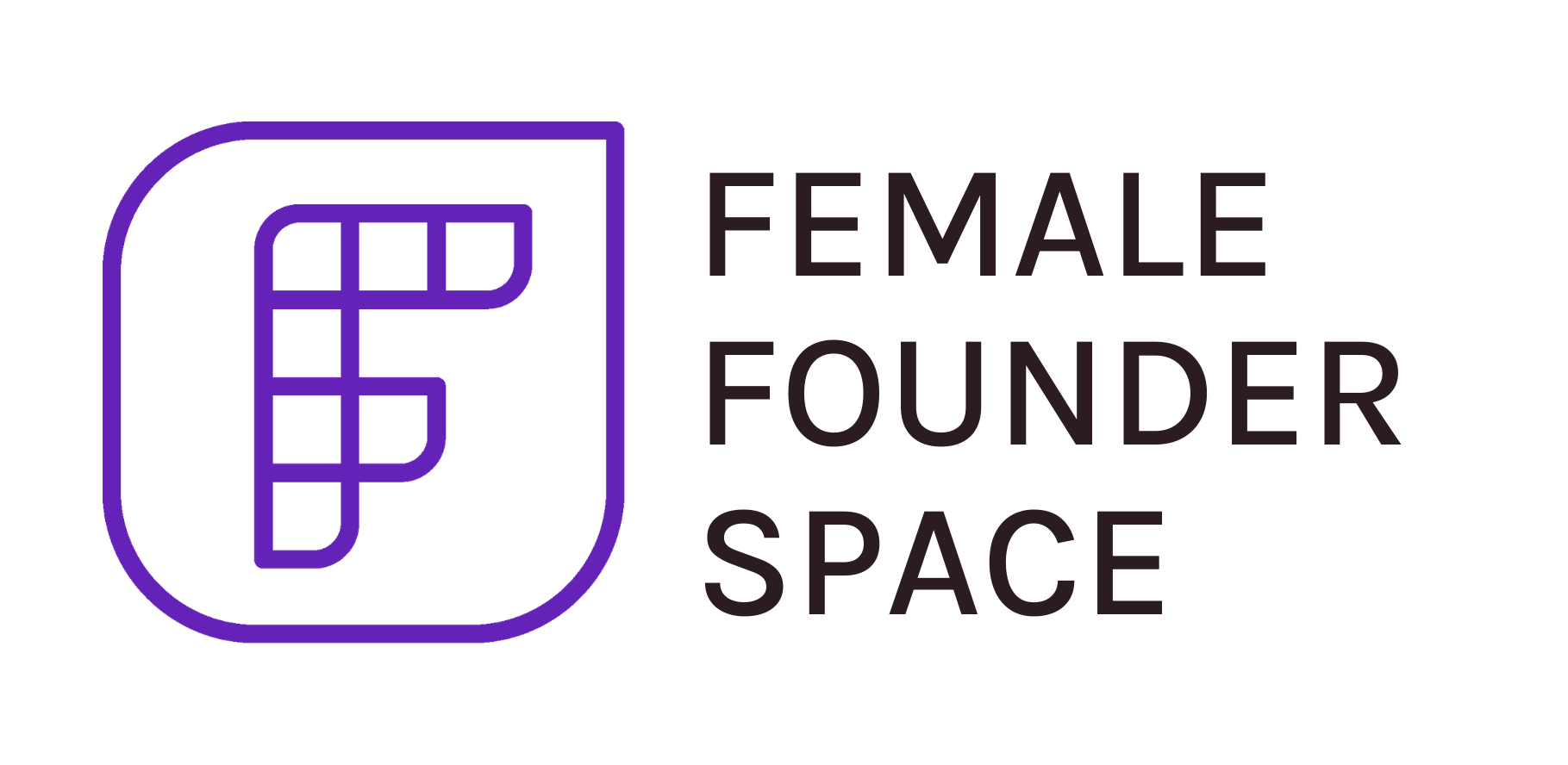Back to Course
Network Like a Pro - Even if You Don’t Feel Like It
0% Complete
0/0 Steps
-
Why Networking is Essential for Your Businesses
-
Step 1. Define a Network You Need3 Topics
-
Step 2. Make Preparation2 Topics
-
Step 3. Start a Conversation2 Topics
-
Step 4. Lead Conversations3 Topics
-
Step 5. Ask for a contact2 Topics
-
Step 6. Follow up4 Topics
-
Step 7. Ask for help2 Topics
-
Manage Challenges & Avoid Mistakes in Networking2 Topics
-
Networking Challenge to Get You Started!
Lesson 7,
Topic 3
In Progress
Go for Coffee or Lunch with the Right People
Lesson Progress
0% Complete
Transcript
I love coffee and lunch. Everyone loves coffee and lunch, or just a zoom call. Who should you invite?
Again, if there’s some mutual contribution. And mutual contribution doesn’t mean you’re not selling them something. They might be an investor that is interested in what you’re doing; because they always invest in companies of this type. They might be somebody who really needs your service because they’re having the problem that you solve. So mutual benefit doesn’t mean, “I’ve got to only let them sell to me when I meet them”. It means mutual benefit. We tend to think in money terms when we’re talking about networking, but you really want to be a little more open than that.
Information is really important to people. If you’re doing something very cutting edge, and an investor might just want to know about that, because they’re not going to invest in you, but they’re really keyed into that industry. What I’m doing right now, I’m just talking to some strangers. But it gives me a lot of satisfaction in my life to know that all these things that I’ve collected over my 30 years, somebody else is going to be able to use. Because I won’t be around forever. For me to be able to pass on something has value to me, and that has value to you. So you just be attuned to that.
Now, people want to be in conversations with people. People like people, everybody likes people; and everybody is afraid of rejection. So if you’re going to ask somebody to lunch or to have a conversation with you, or whatever it is, first of all, get clear in your own mind: What are the outcomes? Not just, what are we going to talk about? And you’ll notice that in your own language, I just wanted to talk to him about my program. Well, did you want to sign him up for your program or you just want to talk to them about it. Be very specific in your language: What would be a great outcome if I had lunch with this person, or if I had a conversation with this person? What would be a great outcome for me? What would be a great outcome for them? Once you have that in your mind, then it’s easy to invite them. You can say, “hey, I want to have a conversation because I think the two of us could collaborate with that third person, who I know, and create something awesome together”. Or, I wanted to talk to you because you were telling me about your problem with so-and-so, and I think that my company actually solves that. And if they say, “no”; they say, no.
The other thing is really dealing with rejection. And I run workshops on this and whatever, but it’s learning how to just hear “no” the same way you hear “yes”. Let’s not get triggered. It’s a word, “no”. It means, no. And also knowing that companies aren’t people. So if you’re one of, whatever, let’s say, you’re trying to sell your thing to Facebook. There’s not one Facebook, there’s thousands of people. Whatever your statistics are, like one in 10 people says yes to me, one in five, one in two; just think of a “no” as, “oh, I’m halfway there, because half of the people said ‘yes’”.
“No” has a lot of emotional value to us from an extremely young age. So this isn’t really culture. But in some cultures, people have better training or they get used to it over time. So it isn’t cultural; and if you want a to-do for an exercise with this, just get a friend and explain to them the way that you hate to hear, “no”. And that’s different, right? So, the way I hate to hear “no” is, “I’ll think about it”. Okay? I hate that. You teach them to say it, and then you take turns. You say, would you like a sandwich or would you like some coffee? And have them say “no” in that way. And just repeat that exercise; and you can do that for about 20 minutes. It’ll start opening things up for you. So you can choose different ways. If you have three ways you hate to hear the “no”, you can do that exercise! So that’s a great exercise; and it isn’t cultural. Everybody has a way they hate to hear “no”.
